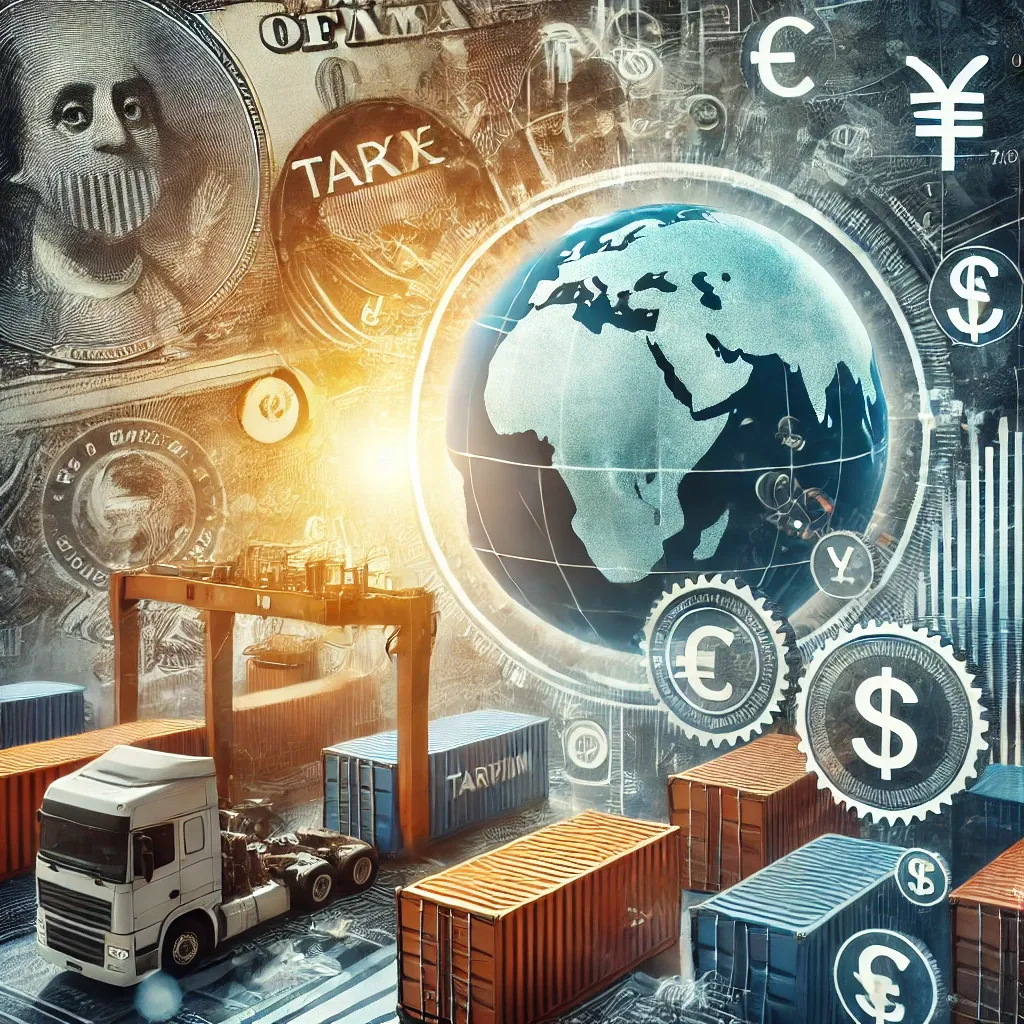Curious about how tariffs affect global trade and international relationships? Explore the key concepts like the tariff area, tariff impact, and their connection to trade wars. How do these factors shape the economy?
In the world of global trade, tariffs play a critical role in shaping international relationships, economic policies, and the flow of goods and services. From their impact on businesses to their connection to major global conflicts like the trade war, tariffs are a subject of intense scrutiny. In this article, we’ll explore three key aspects: the tariff area, the tariff impact, and tariffs in general, helping you understand their profound influence on global markets.
Tariff Area: Where Tariffs Apply
When we talk about the “tariff area,” we are essentially referring to the specific regions or zones where tariffs are enforced on imported or exported goods. This area is typically determined by agreements between countries, regional trade blocs, or multilateral organizations like the World Trade Organization (WTO).
1. Customs Unions and Free Trade Areas
-
A customs union is an agreement between countries to apply the same tariffs on goods coming from outside the union.
-
Free trade areas, in contrast, allow for the free movement of goods between member countries, usually reducing or eliminating tariffs altogether.
2. Economic Zones and Special Tariff Areas
-
Economic zones like Free Trade Zones (FTZs) often operate with reduced or zero tariffs on certain goods, encouraging trade and investment.
-
These zones are designed to attract foreign investments by offering a more favorable tax structure and less regulation on goods crossing borders.
3. Regional Agreements
-
Tariff areas are often shaped by regional trade agreements, such as NAFTA (now USMCA) or the EU Customs Union. These agreements allow member countries to trade with one another without applying tariffs but often impose tariffs on non-member countries.
-
These agreements are crucial for simplifying trade within specific regions.
4. Trade Blocs
-
Some countries form trade blocs, which are groups of countries that work together to reduce or eliminate tariffs among themselves. The European Union, ASEAN, and Mercosur are examples of trade blocs where tariffs within the bloc are minimized or eliminated.
Tariff areas play an essential role in shaping international trade rules, often aiming to foster closer economic relationships between countries. But how does the application of tariffs within these areas impact the global economy?
Learn more about tariff areas👉
Tariff Impact: How Tariffs Affect Businesses and Economies
The impact of tariffs extends far beyond the borders of the countries that impose them. Tariffs can affect everything from the cost of consumer goods to the structure of global supply chains. They can also influence foreign investment, currency exchange rates, and even political relations between nations.
1. Raising the Price of Imported Goods
-
When tariffs are imposed on imported goods, the cost of these goods rises for consumers. This can lead to inflation, as companies pass on the extra cost to customers.
-
For instance, when the U.S. imposed tariffs on Chinese products in 2018, the cost of many electronics, clothing, and raw materials skyrocketed.
2. Disrupting Global Supply Chains
-
Many businesses today rely on global supply chains, sourcing components from different countries. When tariffs are imposed, it can make these global networks more expensive and less efficient, impacting businesses’ profitability.
-
An example of this is the automotive industry, where manufacturers often rely on parts from multiple countries. New tariffs could lead to delays and increased production costs.
3. Impact on International Relations
-
Tariffs can strain diplomatic relations between countries. The imposition of tariffs is often seen as a protectionist measure, which can lead to retaliatory tariffs and escalate into trade wars.
-
The U.S.-China trade war is a prime example where both countries raised tariffs on each other’s goods, impacting global markets and relations.
4. Economic Growth and Jobs
-
Tariffs can protect domestic industries from foreign competition, but they can also harm the economy by reducing access to cheaper goods. This can lead to job losses in industries that rely on imports and can stifle innovation.
-
On the other hand, some industries might benefit from tariff protection. For example, U.S. steel manufacturers saw increased demand for their products due to steel tariffs.
The overall impact of tariffs on the global economy can be complex and multifaceted, affecting everything from the cost of everyday goods to long-term economic stability.
Learn more about tariff impact👉
Tariffs: The Tools of Trade Policy
At its core, a tariff is a tax imposed on goods as they move across borders. These taxes can take various forms and can be used to achieve different goals, from protecting domestic industries to raising revenue.
1. Import Tariffs
-
The most common type of tariff, import tariffs, are applied to goods that are brought into a country. These tariffs are typically a fixed percentage of the good’s value and are used to raise revenue for governments.
-
For example, if a country imports a car worth $20,000 and applies a 10% import tariff, the buyer will have to pay $2,000 in additional taxes.
2. Export Tariffs
-
Less common than import tariffs, export tariffs are applied to goods leaving a country. These are often used by countries that want to limit the export of certain goods, such as natural resources or agricultural products.
-
For instance, China has used export tariffs on rare earth elements to control supply and demand in global markets.
3. Ad Valorem and Specific Tariffs
-
Ad valorem tariffs are calculated based on the value of the imported goods. A typical ad valorem tariff might be 10% of the goods’ value.
-
Specific tariffs, on the other hand, are charged as a fixed fee per unit of the imported goods, regardless of their value. This type of tariff is often applied to bulky items like oil or grain.
4. Retaliatory Tariffs
-
Tariffs can also be used as a form of retaliation in trade disputes. For example, if one country imposes tariffs on another, the affected country might respond by imposing its own tariffs.
-
The U.S.-China trade war is again an example of this, with both countries using tariffs as a political and economic weapon.
The power of tariffs lies in their ability to influence not just trade but the political and economic relationships between nations.
Conclusion
Tariffs are more than just taxes; they are powerful tools that shape the global trade environment. Understanding the tariff area, the tariff impact, and the nature of tariffs themselves is crucial for anyone looking to navigate the complexities of international business or global economics. Whether it’s protecting local industries, retaliating in trade wars, or influencing global supply chains, tariffs have a profound effect on the world economy.
As global trade continues to evolve, the role of tariffs will remain a critical aspect of international relations, shaping everything from the cost of everyday goods to the geopolitical landscape.
In the words of former U.S. Secretary of State, Henry Kissinger: “The absence of alternatives clears the mind marvelously.” In the case of tariffs, understanding their application is essential to crafting alternative solutions for peaceful and prosperous trade.






